The ancient world holds countless musical mysteries, and among the most fascinating is the Persian santur – an instrument whose origins may stretch back to the dawn of civilization itself. Recent scholarship has turned its attention to tantalizing clues found in Mesopotamian cuneiform tablets that suggest the santur, or its ancestor, may be the earliest documented struck string instrument in human history.
Deciphering the Musical Past
Among the thousands of cuneiform tablets recovered from Mesopotamian sites, a handful contain references to musical instruments that have long puzzled researchers. One particular group of tablets dating from the Old Babylonian period (around 1800 BCE) describes an instrument called the "santur" or "santir" in Akkadian texts. These descriptions mention a trapezoidal wooden box with multiple strings that were struck with delicate hammers – characteristics strikingly similar to the modern Persian santur still played today across the Middle East and Central Asia.
The tablets not only name the instrument but provide surprising detail about its construction. One text from Nippur specifies "twenty-seven strings of sheep gut stretched over bridges of lapis lazuli." Another mentions "two sticks of tamarisk wood for calling forth the voice of the gods." These descriptions align remarkably well with the traditional Persian santur's twenty-seven courses of strings and its characteristic light wooden mallets.
From Mesopotamia to Persia
Archaeological evidence suggests this early santur-like instrument spread eastward from Mesopotamia into the Elamite kingdom and eventually Persia. A bas-relief from ancient Susa shows what appears to be a musician holding two sticks over a box-like instrument, while cylinder seals from the same period depict similar scenes. The instrument's name appears to have traveled with it, evolving from the Akkadian "santir" to the Persian "santur," maintaining its essential identity across millennia.
What makes these findings particularly significant is the window they provide into ancient musical theory. Several tablets contain what appear to be tuning instructions, suggesting the santur played a role in the development of early musical scales. One remarkable text from Ur describes using the instrument to demonstrate the relationship between mathematical ratios and musical intervals – a concept that would later form the basis of Pythagorean theory.
The Santur's Enduring Legacy
Modern ethnomusicologists have noted how the traditional Persian santur preserves features that echo its ancient Mesopotamian ancestor. The instrument's distinctive trapezoidal shape, the arrangement of strings in courses of three or four, and even some traditional tuning patterns show remarkable continuity with descriptions found in cuneiform texts. This makes the santur not just a musical instrument but a living artifact of humanity's earliest musical experiments.
Recent attempts to reconstruct the ancient santur based on cuneiform descriptions have yielded fascinating results. Musicologists working with luthiers have created playable instruments using materials and techniques available to ancient Mesopotamian craftsmen. The resulting sound – bright yet mellow, with a complex overtone structure – suggests why this instrument captivated listeners for millennia and why it may have held special significance in temple rituals and royal courts.
Challenging Conventional Histories
These findings challenge traditional narratives about the development of stringed instruments. While the lyre and harp have long been considered the earliest string instruments, the cuneiform evidence suggests struck string instruments developed concurrently in Mesopotamia. The implications are profound – the santur's lineage may represent an alternative, equally ancient path in musical evolution that influenced instruments from the Chinese yangqin to the European hammered dulcimer.
Ongoing research continues to uncover new details about the santur's ancient history. Advanced imaging techniques are revealing previously unreadable portions of musical tablets, while archaeological finds in Iran and Iraq occasionally yield physical evidence that corroborates the textual record. Each discovery adds another piece to the puzzle of this remarkable instrument's journey through time.
As scholars delve deeper into these ancient musical traditions, the santur stands as a testament to humanity's enduring fascination with the marriage of wood, metal, and mathematics to create beauty. Its story, written in clay and preserved across millennia, reminds us that the instruments we cherish today are but the latest iterations in an unbroken chain stretching back to civilization's very beginnings.

By /Jun 6, 2025

By /Jun 6, 2025

By /Jun 6, 2025

By /Jun 6, 2025

By /Jun 6, 2025
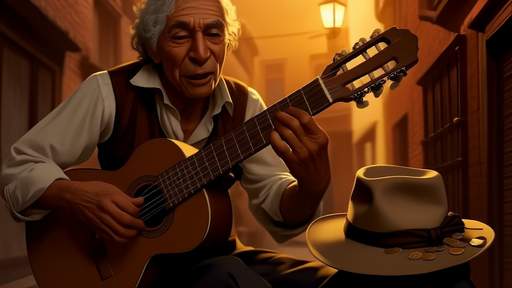
By /Jun 6, 2025
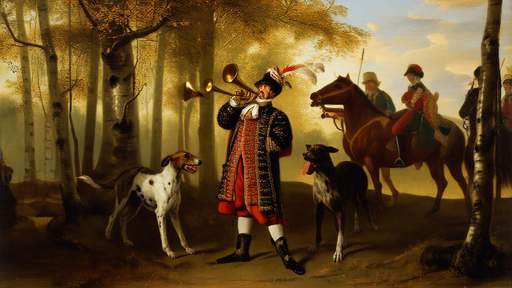
By /Jun 6, 2025

By /Jun 6, 2025

By /Jun 6, 2025
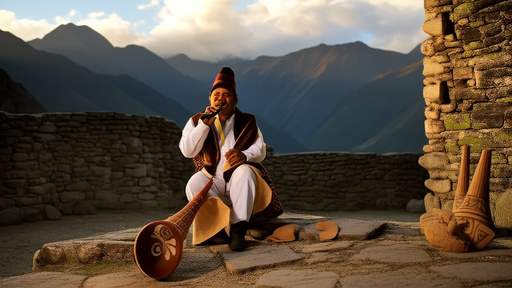
By /Jun 6, 2025

By /Jun 6, 2025

By /Jun 6, 2025

By /Jun 6, 2025

By /Jun 6, 2025
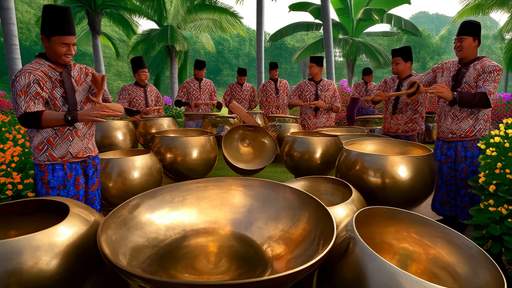
By /Jun 6, 2025

By /Jun 6, 2025
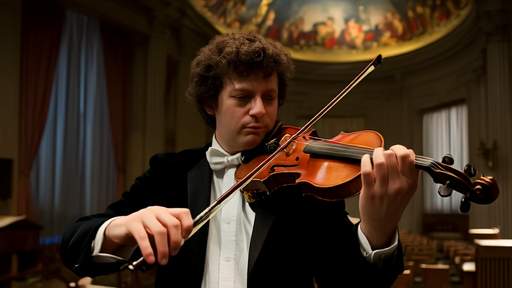
By /Jun 6, 2025

By /Jun 6, 2025

By /Jun 6, 2025
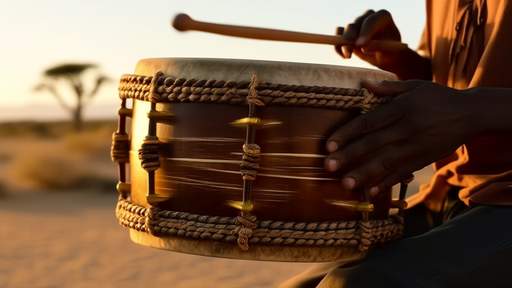
By /Jun 6, 2025